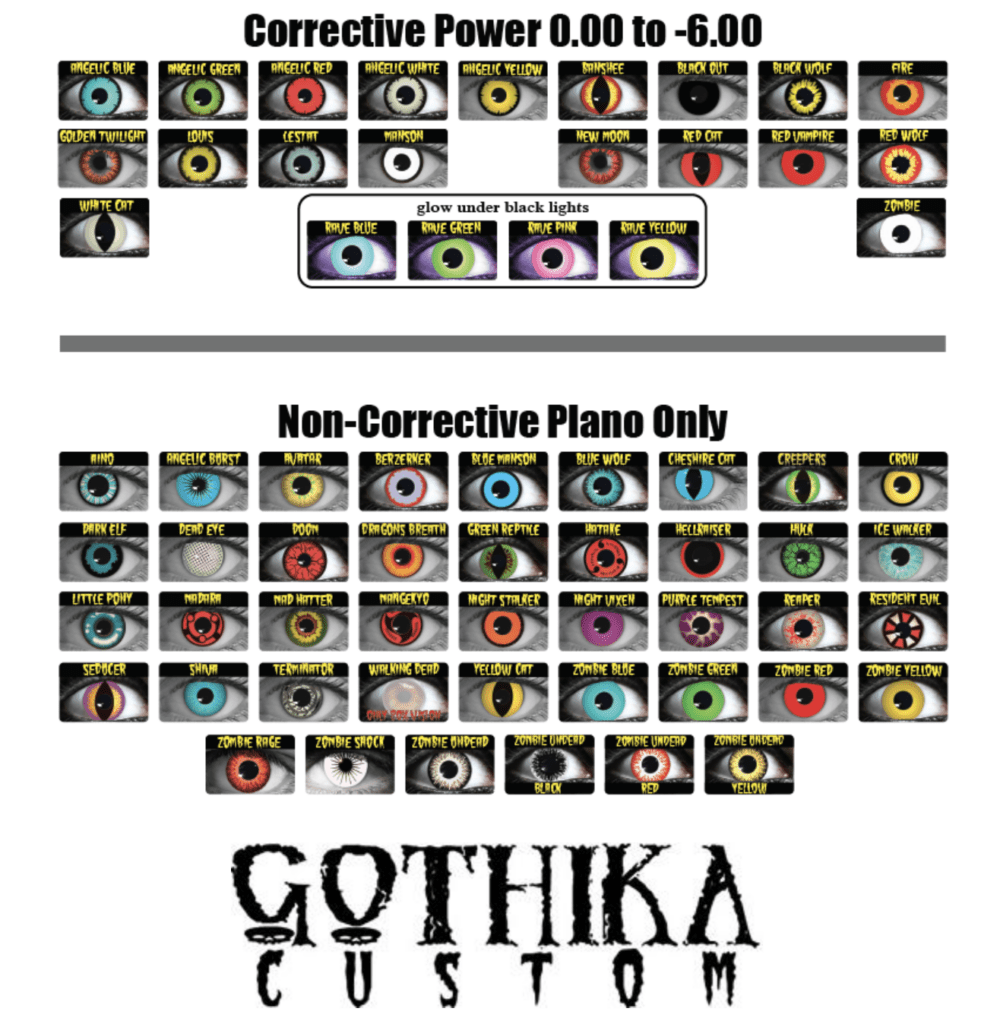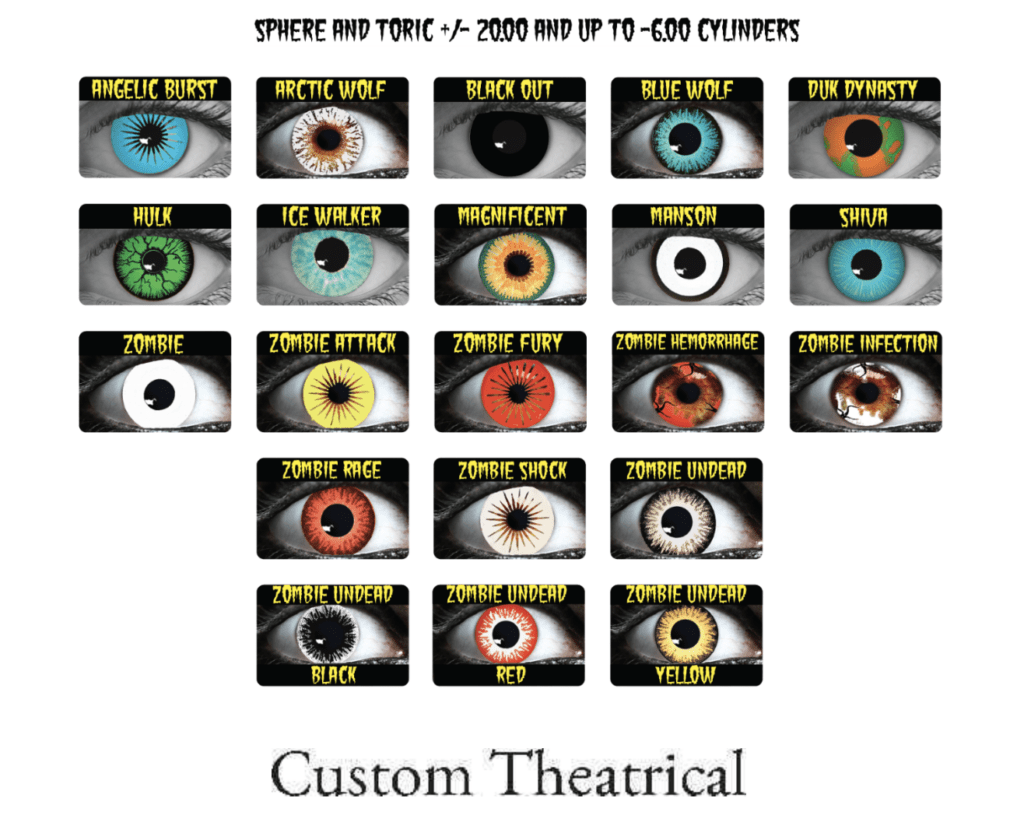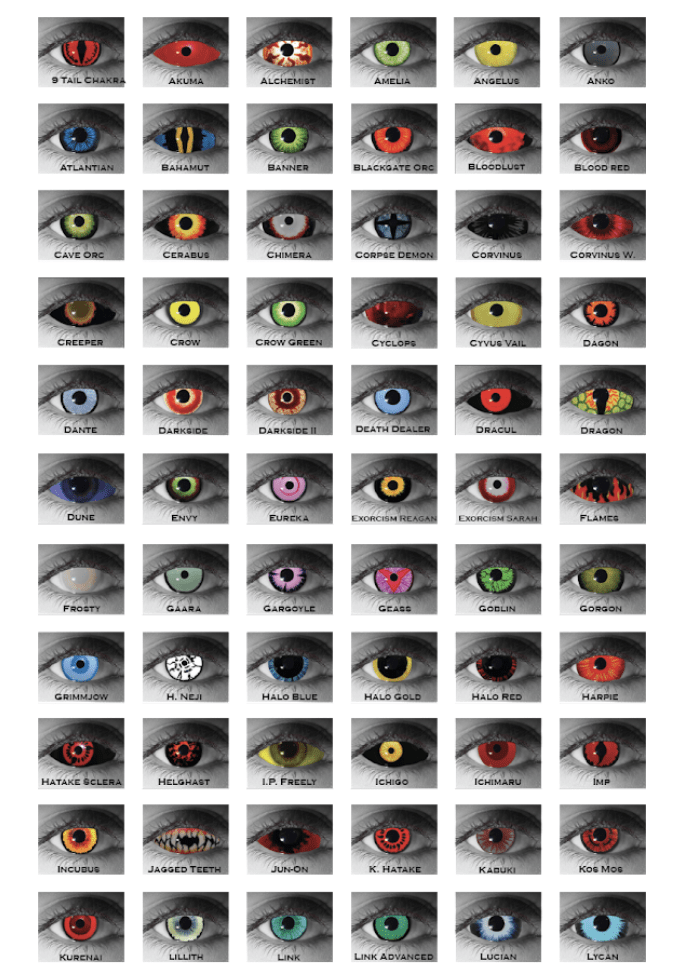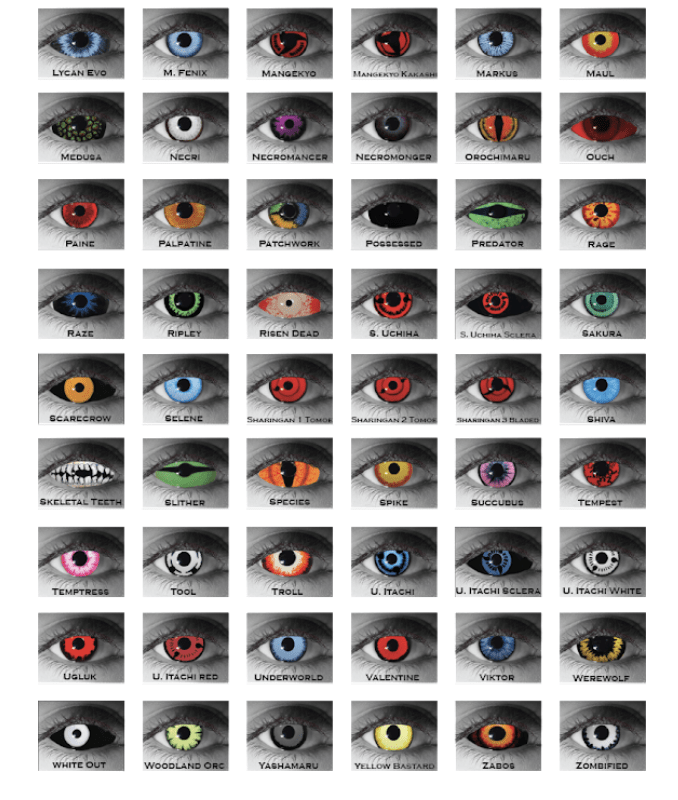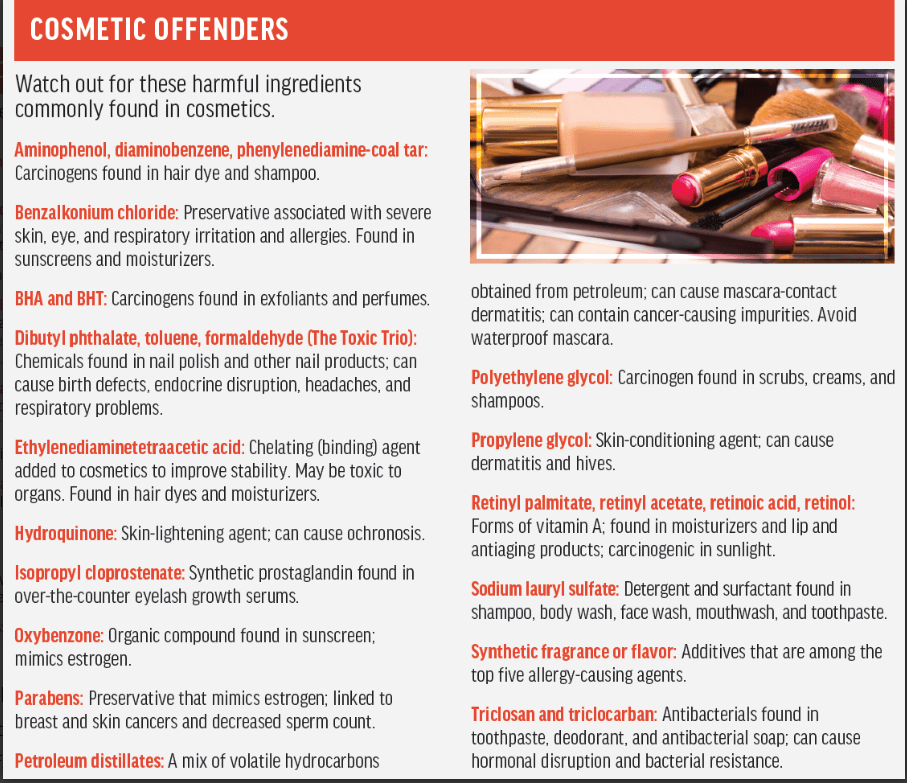about specialty Contact Lenses
Many people wear contact lenses to go through their day without the need to wear glasses. Sadly, a lot of people have been told that they can’t wear contacts because either their eyes are hard to fit or they find them uncomfortable. Fortunately, contact lenses may still be an option for you. It’s all about finding the right type of lens.
At Tarr Eye & Vision Center, we are delighted to offer specialty lenses to provide our patients with a more comfortable fit.
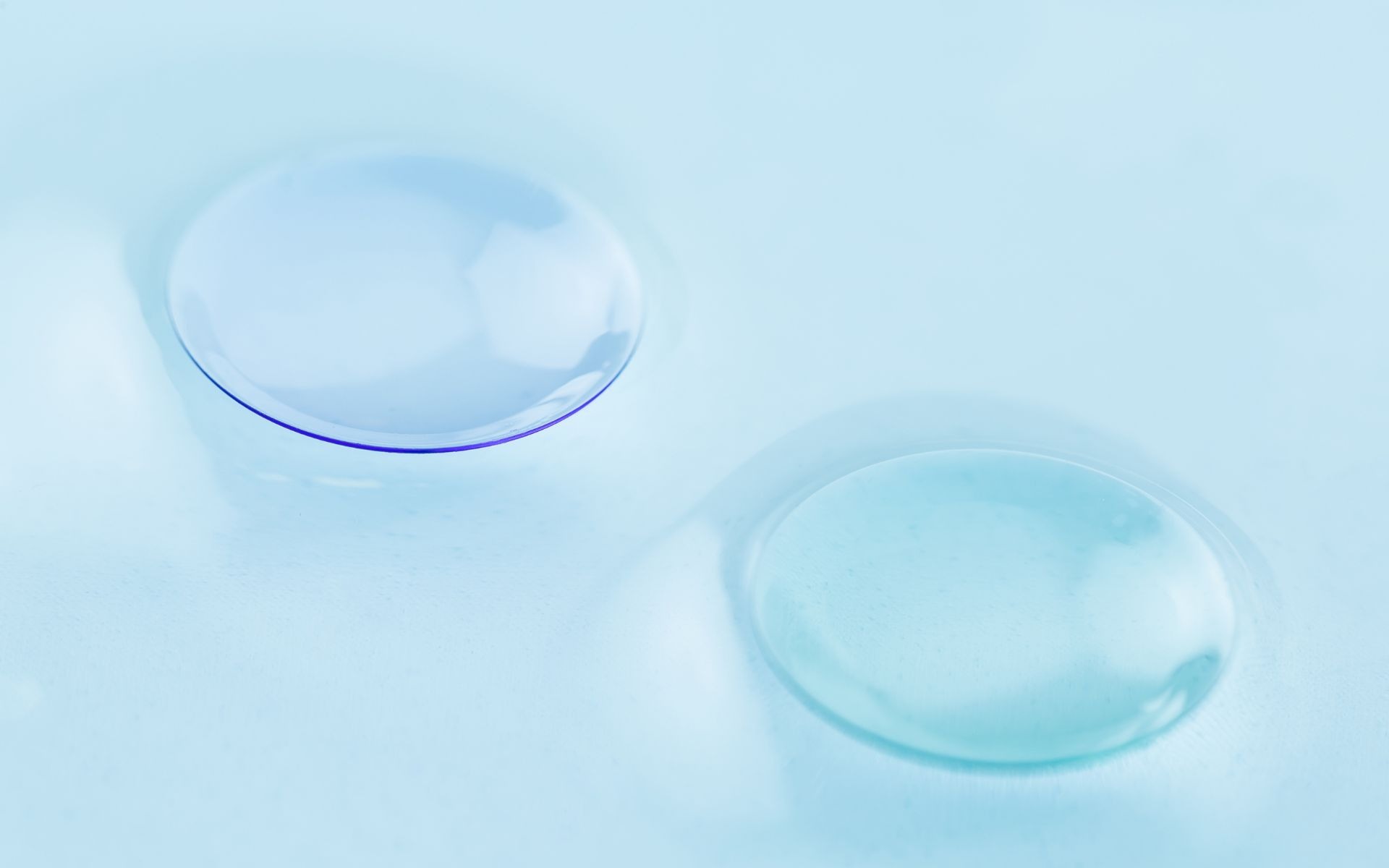
Types of Specialty Contacts
SCLERAL CONTACT LENSES
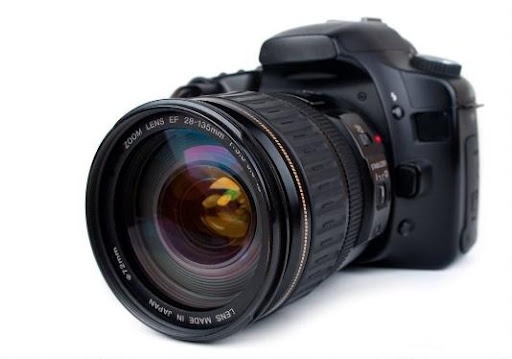
Dr. Blake Tarr offers scleral lenses to treat keratoconus and other corneal irregularities. Scleral contact lenses are gas-permeable lenses with a slightly larger diameter. They cover your pupil, iris, and part of your sclera — the white part of your eye — and correct distortion caused by an abnormal cornea. Additionally, scleral lenses are ideal for vision correction following corneal transplants and can help symptoms of dry eye as a result of Sjogren’s syndrome and other causes of Dry Eye Disease.
How Does A Scleral Lens Work?
Think of the eye as a camera. Both have a lens in front that focuses light onto the back of the eye or the camera. To properly focus, the lens surface needs to be smooth, clean and scratch-free. The cornea is the eye’s lens and it needs to be smooth to focus clearly.
Sometimes the cornea can be shaped like a cone (keratoconus), or there may be scarring from surgery or injury. A scleral lens is made of a stiff, yet thin, plastic that fits over the cornea, creating a smooth surface for the eye.
The scleral lens holds a small cushion of fluid between the lens and the cornea to fill in any gaps between the two surfaces. The result is that light focuses where it should, providing improved vision. Since the scleral lens holds fluid, the lens is very comfortable and helps patients with severe dry eyes.
Why Is A Scleral Lens Right For You?
- Vision: Because a scleral lens is stiff, it provides a smooth refracting surface for the eye. This can lead to sharper vision, usually better than with glasses and traditional contact lenses.
- Moisture: Scleral lenses hold fluid against the eye ensuring that the eye remains hydrated the entire time the lens is worn. Not only does this keep the eye moist, but it can also help to heal extremely dry eyes. Also, the fluid layer helps smooth out any irregularities in the shape of the cornea, which improves vision.
- Comfort:Traditional gas-permeable lenses are smaller than scleral lenses. They sit directly on the highly sensitive cornea of the eye and interact with the eyelids during a blink. A scleral lens rests on the less sensitive sclera of the eye and is held in place by the eyelids. This creates a more comfortable wearing experience.
ORTHOKERATOLOGY
We’d like to introduce Ortho-K, the use of specially-designed gas-permeable contact lenses to gently correct the corneal shape while you sleep. This allows you to clearly see the following day, ideally without contact lenses or glasses.
Ortho-K lenses are commonly prescribed to either correct blurry vision due to refractive error (nearsighted or farsightedness) or to slow the progression of nearsightedness in children.
Ortho-K is an innovative method that uses lenses to change the shape of your cornea by using the tears under the lens. The lenses work to raise the center and round out the edge for farsightedness and flatten the center and steepen the edge to correct nearsightedness.
Ortho-K is most commonly used for nearsightedness(myopia), but it also can be used to correct hyperopia and astigmatism. And it produces amazing results. It’s a safe, proven option for both adults and children. We can provide specific guidance based on your unique needs. Ask Dr. Blake Tarr how you can reduce or eliminate your dependence on glasses or daytime contacts with Ortho-K.
GAS-PERMEABLE CONTACT LENSES
Sometimes called hard contact lenses, gas-permeable contacts are made from rigid plastic and provide crisp vision that is suitable for many eye conditions. They have a smaller diameter than soft contacts and usually offer a sharper vision for patients with astigmatism, presbyopia, and keratoconus who have had refractive surgery. If your contacts aren’t providing you with the clarity you need, take the next step and schedule an appointment with us by calling (865) 475-6565.
Who Is A Candidate For Gas-Permeable Contact Lenses?
Typical soft and rigid-gas-permeable styles may work for some, but not for all. We will perform a thorough eye examination to ensure your eyes are fitted with lenses that work for you. You might find gas-permeable lenses more difficult to get used to wearing.
We favor rigid gas-permeable lenses over soft lenses for patients:
- Who want the clearest vision possible
- With astigmatism beyond the range that can be corrected with soft lenses
- Whose vision fluctuates with soft contacts.
- With presbyopia. There are many bifocal and multifocal lens designs
- Affected by keratoconus where the cornea is cone-shaped and causes a lot of visual distortion.
- Who require contact lenses after refractive surgery like RK, PRK, LASIK, or LASEK.
Some patients fulfilling the criteria above will require scleral lenses.
How Are Gas-Permeable Lenses Fitted?
The Fitting
We take custom measurements of the front surface of your eyes and then have lenses made for you and your prescription.
When your lenses arrive, we will schedule an appointment so that Dr. Blake Tarr can assess the fit of the lenses and ensure you are proficient in inserting and removing the contact lenses safely and effectively.
The Follow Up
After your initial visit, we set up a time to ensure that the lens is still fitting properly and you’re still satisfied with your vision. At this visit, if safe and healthy lens wear and good vision are confirmed, you can go continue with your new contact lenses. Regardless of the frequency or duration of contact lens wear, your eyes should be examined at least once a year to make sure you are continuing to tolerate contact lens wear.
Hybrid Contact Lenses
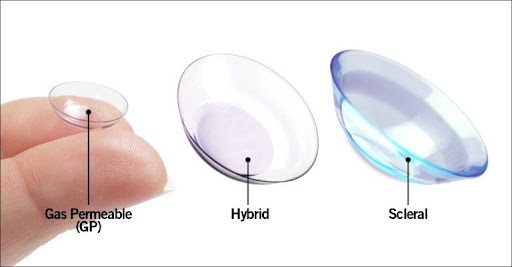
If you have enjoyed the comfort of soft contacts but found that you couldn’t see as clearly by the end of the day, or you liked the clarity of hard contacts but didn’t find them comfortable, hybrid lenses may be a good option for you. Tarr Eye & Vision Center can help you evaluate which contact lenses will be the best fit for you.
What Is A Hybrid Contact Lens?
Hybrid contacts combine materials from both soft and RGP contact lenses. Usually, the central part of the lens is made from a rigid material, while the surrounding “skirt” is made from a soft lens material.
This design allows greater adaptability by providing the crisp vision of a rigid gas-permeable lens with the initial comfort of a soft contact lens. Hybrid lenses are available for many vision needs. They can be used to correct farsightedness, presbyopia, and corneal deformities, such as keratoconus.
Who’s A Candidate For Hybrid Contacts?
Hybrid lenses may be right for you if:
- You want the vision quality of a hard lens with a comfortable wearing experience
- You have astigmatism
- You wear multifocal soft lenses but want better vision
- You have an irregular cornea
Rigid gas-permeable lenses are still used today because of their superior optical qualities, but they can be uncomfortable with reduced wearing time for some people.
Hybrid lenses are an excellent choice for those who want to see more clearly than they can with soft lenses, yet have difficulty wearing gas-permeable (hard) contact lenses.
How to Insert Hybrid Contacts
How to Remove Hybrid Contacts
Cosmetic Contact Lenses
ENHANCE OR CHANGE YOUR EYE COLOR WITH COLORED CONTACTS
Colored contact lenses can be used to accentuate your existing eye color, giving it more brilliance and pop or they can be used to change your eye color entirely. Not sure which is right for you? Speak with a Tarr Eye & Vision Center eye care professional to learn more.
Options range from a basic, standard set of colored contact lenses to prosthetic custom hand-painted lenses.






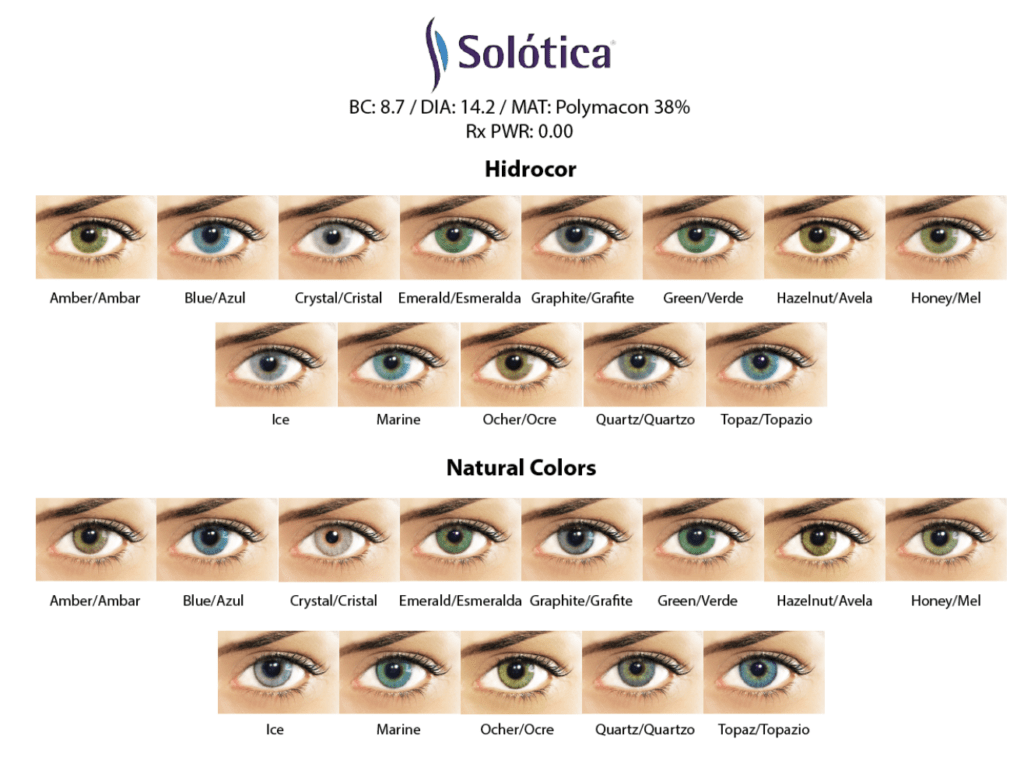
Prosthetic Contact Lenses
Prosthetic or soft-colored contact lenses have cosmetic, therapeutic and psychological benefits for patients. Tarr Eye & Vision Center provides custom-made soft lens designs for patients who seek prosthetic or cosmetic lenses or colored contact lenses with special effects.
Dr. Blake Tarr enjoys helping patients who have scarred or disfigured eyes resulting from traumatic injuries or congenital abnormalities. In addition to the emotional impact of improving cosmetic appearance, the lenses can also help block light and eliminate uncomfortable visual disturbances such as light sensitivity and double vision. Trauma or congenital defects can cause severe disfigurements to the eye. A soft prosthetic or cosmetic lens consists of a contact lens material that overlaps the eye to conceal the disfigurement. Various colored contact lens designs can help mask the underlying problem and match the eye coloring to the normal eye.
In patients who still have vision in their eyes, these lenses can improve their quality of life.
The following may cause disfigured corneas:
- Accident or injury (chemical burns, trauma, etc.)
- Congenital defects
- Glaucoma
- Infections (river blindness, trachoma, herpetic keratoconjunctivitis)
- Poor nutrition (vitamin A deficiency)
- Retinal detachment
- Sjogren’s syndrome
- Surgical complications (glaucoma, retinal, corneal)
Several different kinds of lens options can be considered, depending on the therapeutic and cosmetic expectations:
Transparent Tinting: Enhanced tinting of lenses provides transparent coloring that overlaps the natural iris tones to slightly change iris coloring.
Standard Opaque Designs: Standard lenses are available in various base curves, pupil sizes with clear or black backing, iris diameters, and prescriptions.
Custom Hand-Painted: With hand-painted lens options, you can customize base curves, lens diameters, iris diameters, iris color detailing with flecks and limbal rings, pupils, and iris alignment for strabismus. Accurate digital photography of an iris is an essential part of the consultation to help provide custom contact lens laboratories with precise information for designing the most natural lens.
Therapeutic Benefits and Lens Types
Eliminating Double Vision/Occluder Lenses: Occluder lenses are often preferable to an eye patch for eliminating double vision or diplopia. It is important to design the lens so that the black pupil is large enough to block out light (typically 2-3 mm larger than the maximum pupil size). Our laboratory provides solid black pupil lenses (clear outer edge) with various pupil sizes.
Eliminating Photophobia: Our laboratory offers prosthetic iris lens designs with a clear pupil opening to recreate a normal pupil size, thereby eliminating uncomfortable light sensitivity. Trauma commonly causes complications to the iris and an irregular pupil opening.
Enhancing Contrast/Vision: Colored contact lenses can be used as a sunglass effect to reduce light sensitivity; some can maximize contrast through various color tints (often for sports using gray, green, or amber). In addition, many professional athletes wear sport tint lenses to enhance their visual performance.
Color Vision Benefits: Our laboratory can provide red lenses (for certain color deficiencies)
Patient Selection and Expectations
Patients must be able to wear a soft prosthetic contact lens comfortably. The decision to apply a contact lens to a newly disfigured eye is dependent on many factors, including the health of the front surface of the eye (the cornea and conjunctiva) and possible complications arising from prior surgical procedures (ex: sutures and blebs).
Decisions to be made prior to fitting a prosthetic contact lens include expectations for natural color tones (standard versus custom hand-painted), therapeutic benefits (a black pupil can eliminate light compared to clear openings), prescription options (if applicable), wearing schedules (extended versus daily wear), replacement schedule, contact lens care, and the possible need for eye drops (e.g., for glaucoma).
To have an adequate prosthetic contact lens fit, additional measurements and assessments are needed.
Eye Health: Normal contraindications for contact lens wear should be considered, including dry eyes and ocular allergies.
Pupil Size: The pupil diameter will be measured in 0.5-mm increments in normal illumination to maximize cosmetic appearance. Black occluder pupils for diplopia must be measured in dim light to determine the maximum size needed to prevent light from entering.
Iris Diameter: The iris diameter will be measured in 0.5-mm increments; it needs to be large enough to ensure coverage of the naturally disfigured eye. Matching the iris size of the healthy eye is important to ensure more natural results.
Base Curves: Because of disfigurement, corneal topography cannot always be obtained. Sometimes, trial lenses from various companies can help evaluate movement. The lens must permit some movement to prevent excessive tightening. Excessive movement detracts from a natural eye effect, however.
Lens Diameter: Using the largest diameter possible will ensure better centration and maximize cosmetic and therapeutic effects.
Prescription: If needed, the prescription will be measured in the office during the initial consultation.
Color Matching: As mentioned previously, digital photography is key to achieving an accurate iris color. Natural lighting conditions are used when photographing the iris color.
In general, darker iris colors (brown tones) are easier to match using the fitting sets for generic prosthetic lens options provided by various companies.
Lighter iris colors (lighter blues, greens) are more difficult to match, because the iris reflects light and its coloring changes in various lighting conditions, reflects off of clothing, etc. Hand-painted options may be recommended to ensure the best possible matching of lighter iris colors. Sometimes, using the same color lens on the healthy eye is another option to ensure exact color matching.
Patient Management After a Successful Fit
All prosthetic lens patients should wear glasses over their prosthetic lenses for two
primary reasons:
- It is important to wear glasses with trivex or polycarbonate, shatter-proof lenses that act as a shield to protect the eyes from injury.
- Glasses can help maximize appearance, camouflaging the prosthetic lens. He or she can select an interesting frame and perhaps a lens tint.
It is important to get regular eye exams to diagnose and treat serious eye conditions and assess the overall health and how it affects the eyes. Often people wearing prosthetic lenses are relying on one healthy eye, which must be examined regularly.
How Long Do Prosthetic Lenses Last?
Some standard and custom prosthetic color lenses can fade. The patient will be properly instructed about cleaning and disinfecting solutions to prevent this from occurring. Hand-painted soft lenses that have the coloring bonded within the matrix of the lens design do not fade when patients use proper lens care solutions.
Purchasing a spare lens to ensure continuity of lens wear is important if a replacement lens is needed.
These lenses can greatly enhance a patient’s quality of life.
Theatrical Contact Lenses
Perfect For Special FX, Theater, Film Productions And Halloween
Theatrical and special effects contact lenses are available in prescription and non-prescription styles at Tarr Eye & Vision Center.
DO I NEED A PRESCRIPTION FOR THEATRICAL CONTACTS?
Yes. Theatrical lenses are safe to wear, but only when properly prescribed, used and cared for. Because they are considered medical devices, even one-time wearers need a prescription.
Theatrical lenses can be used whether or not you normally wear eyeglasses or contact lenses. If you need vision correction, theatrical contacts are available to correct nearsightedness, farsightedness, and astigmatism.
WARNING: POOR FITTING LENSES CAN CAUSE SERIOUS EYE PROBLEMS
Even if you don’t need contact lenses to correct your vision, they still have to sit on your eyes. Therefore, they need to fit properly. A poor-fitting lens can lead to an eye infection, corneal abrasion, corneal ulcer and even blindness.
There is no shortage of retailers who sell all kinds of theatrical contact lenses, especially around Halloween. Legitimate retailers will require you to provide a doctor’s prescription, even if you don’t require any correction. Never buy from a retailer who does not require a prescription-the health and safety of your eyes is too important.
Tarr Eye & Vision Center can order theatrical contact lenses for our patients and typically receive them within 10 days.
